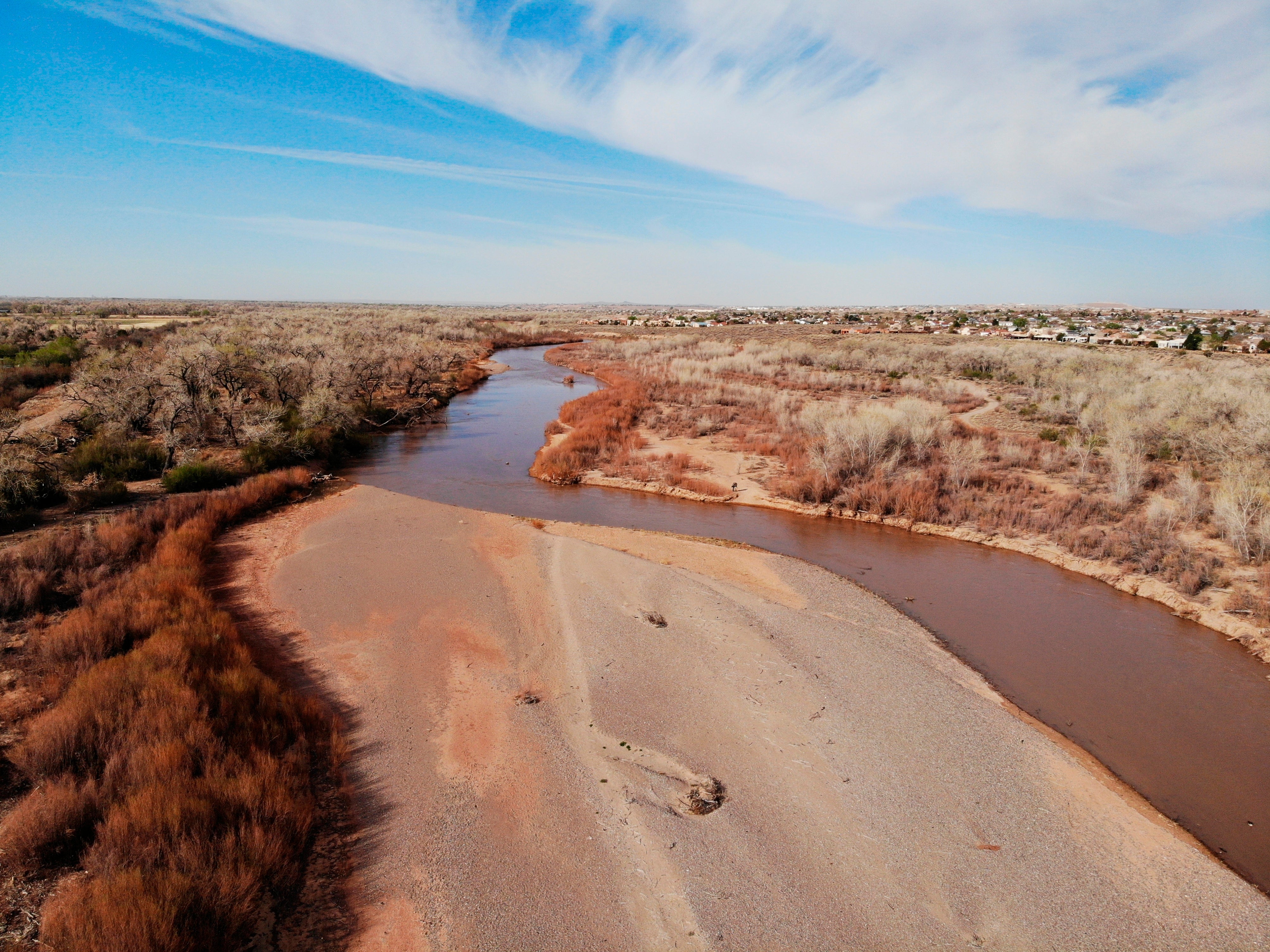US water managers warn of dismal year along the Rio Grande
Federal water managers have released their annual operating plan for the Rio Grande, and it doesn't look good

Your support helps us to tell the story
From reproductive rights to climate change to Big Tech, The Independent is on the ground when the story is developing. Whether it's investigating the financials of Elon Musk's pro-Trump PAC or producing our latest documentary, 'The A Word', which shines a light on the American women fighting for reproductive rights, we know how important it is to parse out the facts from the messaging.
At such a critical moment in US history, we need reporters on the ground. Your donation allows us to keep sending journalists to speak to both sides of the story.
The Independent is trusted by Americans across the entire political spectrum. And unlike many other quality news outlets, we choose not to lock Americans out of our reporting and analysis with paywalls. We believe quality journalism should be available to everyone, paid for by those who can afford it.
Your support makes all the difference.It has been 30 years or so since residents in New Mexico s largest city last saw their stretch of the Rio Grande go dry.
There's a possibility it could happen again this summer.
Federal water managers released their annual operating plan for the Rio Grande on Thursday, and it doesn’t look good. Flows have been meager so far this year because of below-average snowpack in the mountains along the Colorado-New Mexico border that feed the river. Spring precipitation has done little to fill the void.
Reservoirs are at a fraction of their capacity and continue to shrink. There is no opportunity to replenish them because the provisions of a water-sharing agreement with Texas prevent New Mexico from storing water upstream. That means the drought-stricken state has no extra water in the bank to fall back on, as it has in pervious years.
Matters are further complicated because of extremely low soil moisture levels. That, along with warm temperatures, means much of the melting snow will be absorbed or evaporate before it reaches the river.
“Just low dismal numbers all around,” Ed Kandl, a hydrologist with the U.S. Bureau of Reclamation said during a virtual meeting that included representatives from municipalities, tribal governments, irrigation districts, state agencies and a rafting company.
The Rio Grande is one of North America’s longest rivers and a major water source for millions people and thousands of square miles of farmland in New Mexico, Texas and Mexico. The Bureau of Reclamation warned Thursday that a stellar monsoon season would be the only saving grace, but the odds of that happening are slim.
The Pecos River that delivers water to parts of eastern New Mexico and West Texas is in a similar situation, and federal officials recently issued a report indicating releases on the Colorado River — which feeds several western states — will continue to be limited because of the lack of water flowing into Lake Powell.
So aside from residents in Albuquerque seeing sandbars take over the Rio Grande, farmers in central and southern New Mexico will have a shorter growing season with less water for crops.
It also means less water for the endangered Rio Grande silvery minnow. Plans already are being made for the U.S. Fish and Wildlife Service to rescue fish from drying portions of the river. The rescue missions have become a regular practice in recent years.
Near the small agricultural community of San Acacia, officials predicted that river drying would start in June and likely last through November, barring any relief from summer rains.
Last year also was tough, but officials said 2021 will likely mark one of the worst since the 1950s. They said the state's largest reservoir — Elephant Butte in southern New Mexico — could drop to just 3% of capacity.
Carolyn Donnelly, the bureau's water operations supervisor for the area, said contractors will be monitoring the river for drying as far north as Albuquerque, and managers will try to stretch what little water they have as far as it can go.